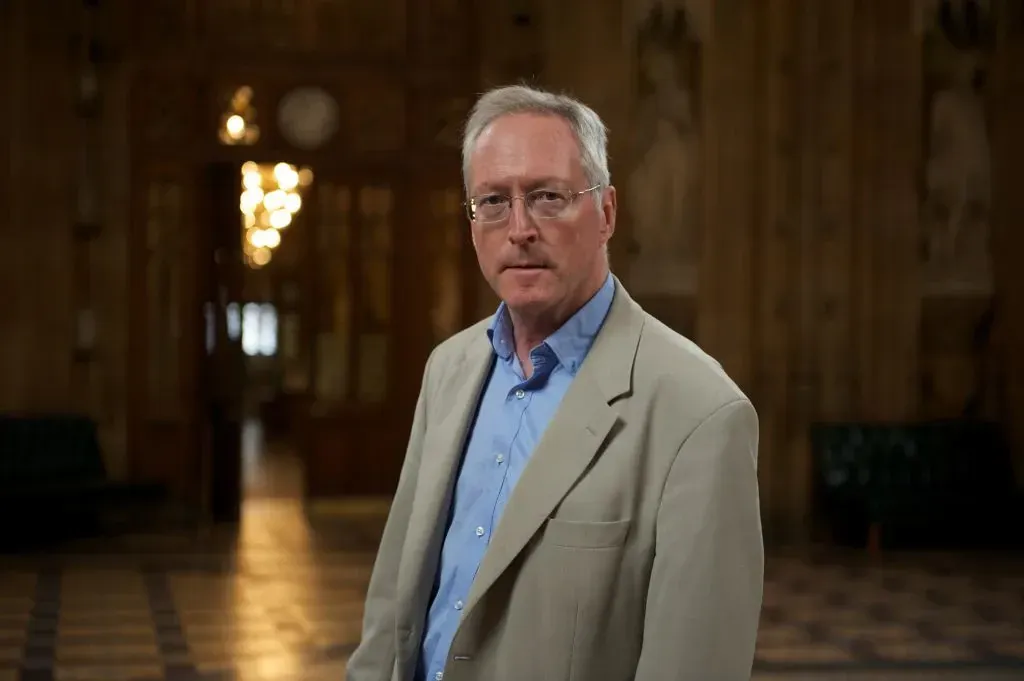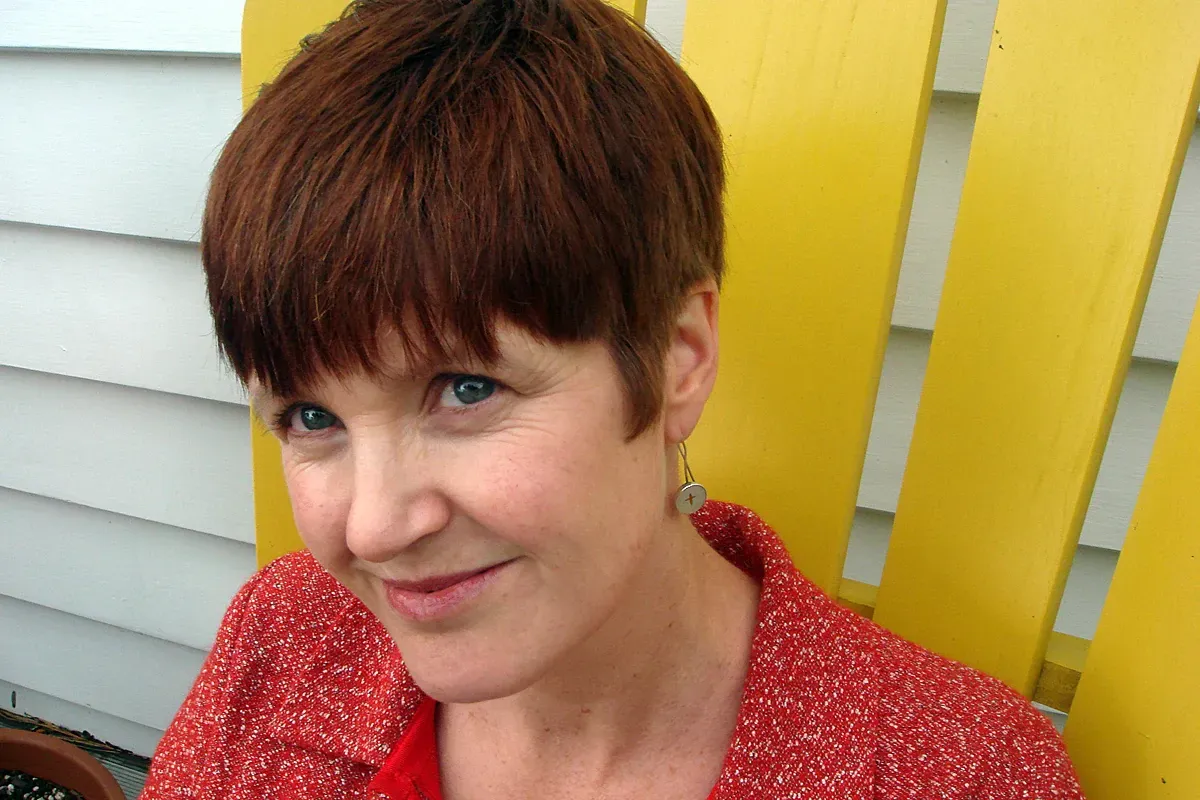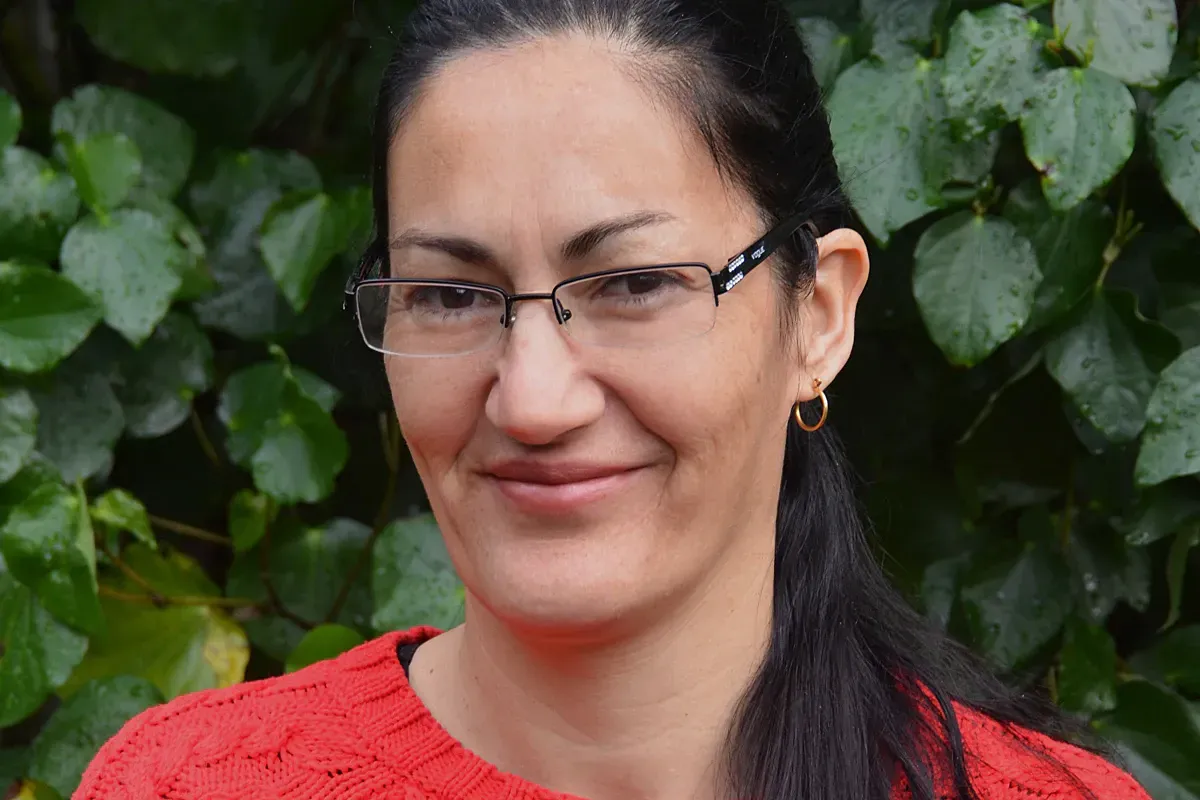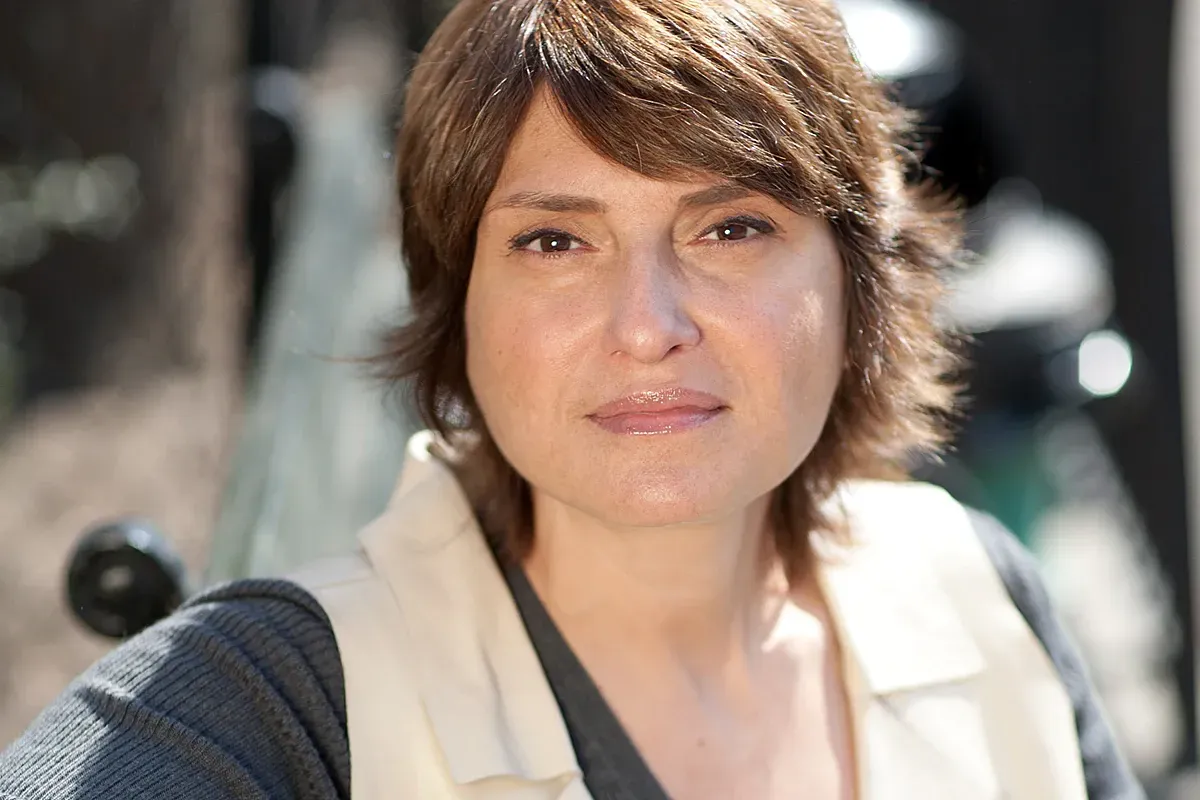NZ Fest Digest: Blossoming Voice
Written by
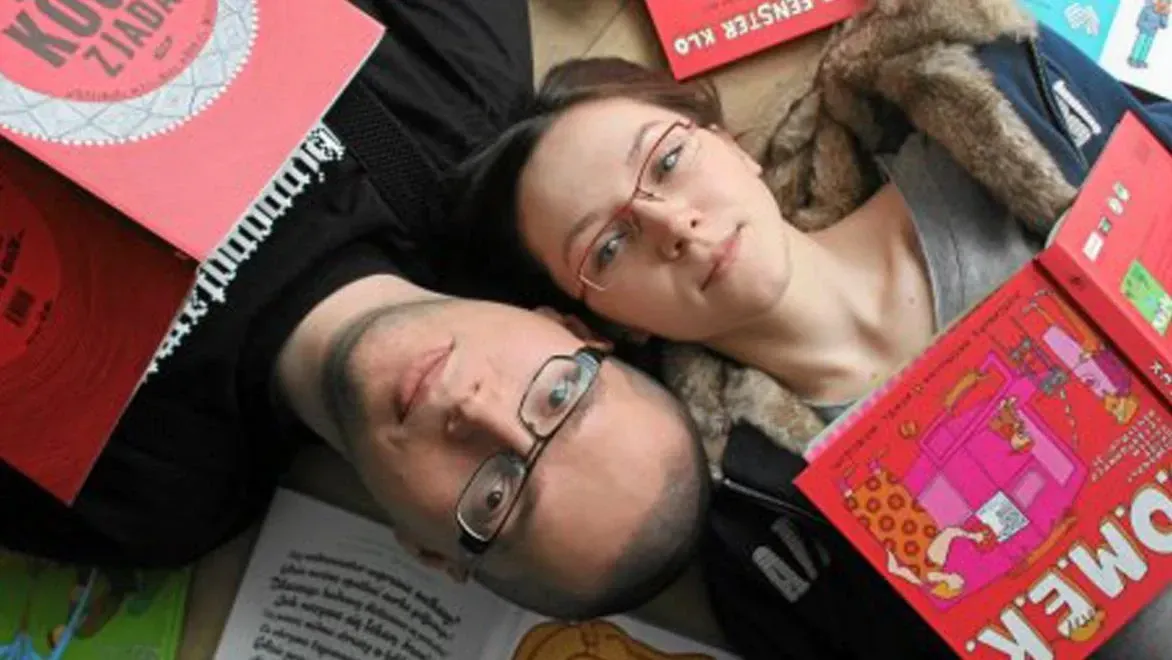
By Renee Gerlich, NZ Festival
Since Writers Week kicked off, my days have been a flurry of talks and events, and writing has become more about the connections between them. The discovery of voice is a theme that has echoed through many Writers Week events and beyond.
I loved the moment in Strike's performance when the drummers were merely clapping, making rhythm with just their hands. From clapping slowly the performers introduced vocal sounds, and chanting. The performance seemed to suggest something about the origin of voice from rhythm, as something rattled out and charmed forth from the energy of rhythm.
Belgian children's book author Leo Timmers was profoundly dyslexic as a child, and could not read or write well, tell the time or add written numbers, as they would dance too much and switch positions. Drawing was all he could do, and he shares the perspective of illustrators Aleksandra Mizielinska and Daniel Mizielinski in not liking the term “illustration”. Images are a separate device from text entirely, not merely a corollary or decorative one. Aleksandra and Daniel have even made a Where's Wally style picture book named Mamoko, through which children become storytellers themselves, even before they are literate, by describing action in images.
For Timmers, images are critical in the process of developing a story concept at the outset. Yet when he began his career, he was illustrating the completed texts of other writers. Timmers soon hungered to create his own books, for which the words and imagery would be developed simultaneously, so he began writing. Always starting with idea first then the image, Timmers would draft stories for about an hour a day (when an audience member asks if he archives these, he replies that “there are things that are so bad I don't want humanity to discover”). “It took me a while to find my own style and voice – that took me about ten years,” but his voice grew out of the pictures.
Timmers believes that children's books should resonate with parents and adults as much as children, and seems to get ideas by finding the kernel of universality in his own life challenges. Every author who touches on this theme of voice discusses this factor, identity. Diarmaid MacCulloch wrote Silence: A Christian History as a homosexual deacon who knows first hand about silencing. Briar Grace-Smith wrote Paniora having discovered that she has Spanish heritage. Ursula Martinez wrote My Stories, Your Emails after stripping on stage and pulling a bright red hanky from her “minge”.
Martinez's show begins with a promise she will “get it out” by the end of the play (not the hanky). She then reads a collection of anecdotes from her life, cleverly made hilarious despite their share of racism and patriarchy, and the time her sister fried up her own menstrual blood with garlic (pardon me). The final anecdote explains that she has a magic strip tease called Hanky Panky (performed for Salman Rushdie's stag do), which found its own way to the internet, and from there to various porn websites. We watch the act before Martinez reads aloud a selection of the salacious e-mails she received from a host of men all over the world as a result of its digitisation. The photos they attached to their e-mails up on the projector, Martinez hilariously takes on a manner and accent for each. Then she takes her clothes off, bows heartily enters the foyer to sell $10 “used” silk hankies. “Personal revelation is social revelation”, she said in her Writers' Week talk; “the personal is political, and all that.”
MacCulloch would agree. Though he might grimace at Martinez's proclamation that she doesn't read because for him, social revelation and good history go hand in hand. Playwrights at Based on a True Story also grappled with these themes of truth and history. “No truth is the truth” was the general understanding; “of course it's not going to be historically correct.” “We're too postmodern for that,” says Michelanne Forster, who also laments those corner dairy run-ins in which real-life family members or acquaintances of her play characters might bemoan a problem with the costume designer's sock colour selection to her. “You're trying to create a dramatic truth, or a literary thing,” she pleads.
“It's the dramatic imperative – if you're a playwright that's your job. And if you want to survive past tomorrow, you have to write a good play and sometimes that means not telling the truth. You're not a historian.” Hoar suggests she should stick to looking at least two generations back for her stories, so that enough of the concerned will be (excuse me) dead.
The dead – precisely the audience Indian novelist-scientist Jaspreet Singh says he writes to reach, along with the living and the unborn. Fiction expands on the possibilities available in history writing for Singh, but the responsibilities of history are not evaded through fiction.
Dave Armstrong has once written a play involving a Samoan man based on a real person, who was violent toward his children. He was accused of racism, “mainly by white liberals,” he said, so since he is one of them he could tell them to piss off. Armstrong says in the end it must be conceded that if writing a Maori character, “You can't ring up the 'Maori community... [in fact] it's racist to talk about the 'Maori community', because it assumes they're all the same.”
Grace-Smith says that at opening nights for her plays, “I always feel I'm going to get in trouble” though she always consults iwi when navigating these politics of representation, and ensures she writes nuance characters “so it ceases to be about race”. She is careful not to write clichéd characters, particularly when it comes to pakeha. “Look,” quips Armstrong in response. “Some male pakeha property developers are very nice people.” With this line he perhaps makes his strongest point so far with regards to the categorical truth of white privilege.
Megan Dunn's first question to Jill Trevelyan is also pertinent: “So, did you find the real Peter Macleavey?” Trevelyan replies, “I found a Peter Macleavey,” but later adds that Macleavey did send her a card saying “Thank you for finding Peter”. Perhaps this is a result of Trevelyan's belief in telling “the compassionate truth,” including that “those living people around your subject need to be treated with real care.”
With all the challenge and responsibility of finding one's voice, whether in theatre, fiction or history, another common thread among these talks was that of the guide and helper. Kate de Goldi says that when Elizabeth Knox first read Margaret Mahy's Changeover and The Haunting, “Knox thought she'd found her writer; the one who was making space for her.” Rayya Elias began writing her memoir when as a hairdresser, her client Elizabeth Gilbert told her to; and she refined it with the help of a good editor who assisted her to make a narrative from her life. After all, says Diarmaid MacCulloch, “the person without story is insane.” Catton and Knox both boast supportive and perceptive editors; there are encouraging publishers, and reading and re-reading drafts all throughout the writing world are wonderful family, partners and friends.
Amen to that.

